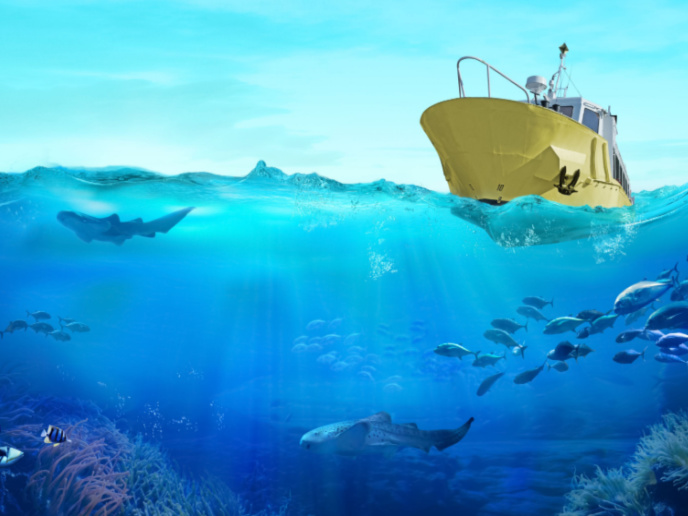Mapping the course of life
The geographical movement of individuals over their lifetime is among the most easily visualised of all social processes, but belongs to a special case of very complex time-based visualisation problems. Involving more than an individual and a two-dimensional space, it includes time as a third dimension, which is not always easily represented. Moreover, the geographical environments in which individuals interact in models are often completely aspatial worlds, such as markets. The TiGrESS system (TiGS) provides the analysis facilities, integrated within a state-of-the-art software environment, to use empirical and simulation data over a wide range of spatial and temporal scales. It provides the essential means for investigating the 'time-geographical' dynamics of each subject area, and could also pave the way towards better regional policy formulation, particularly with respect to sustainability. 'Time-geography' methods support the exploration of the effects of spatial and temporal constraints on the behaviour of individuals and of how socio-economic structures emerge at higher scales. The TiGS system has already been successfully used within the framework of the TIGRESS project to explore and visualise the migration path changes of plovers. The multi-dimensional scaling tool allowed the interpolation of user-selected 'time-geographical' information and its representation as maps of differentiated spatial resolution. The analysis of potential emergent characteristics which were not apparent at the underlying resolution of the original 'time-geographical' dataset was thus facilitated. The 'time-geographical' information representation is further enhanced by the real-time update of the maps, and the ability to use multiple and irregularly shaped lenses to observe the interactions of different phenomena. Furthermore, the TiGS system has been made available for download at http://tvk.sourceforge.net/(opens in new window) as an open-source software under the General Public License (GPL). The accompanying documentation and on-line 'help' facilities aim to facilitate interested users in developing familiarity both with the data analysis and importantly, the key concepts of 'time-geography'.







